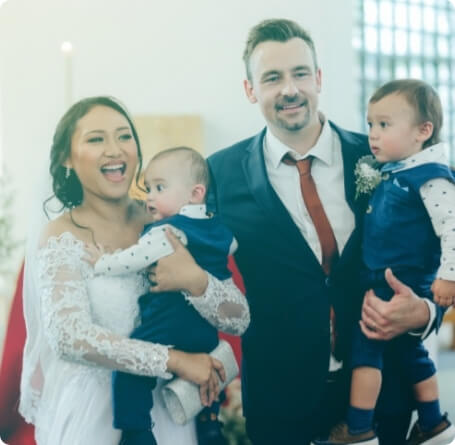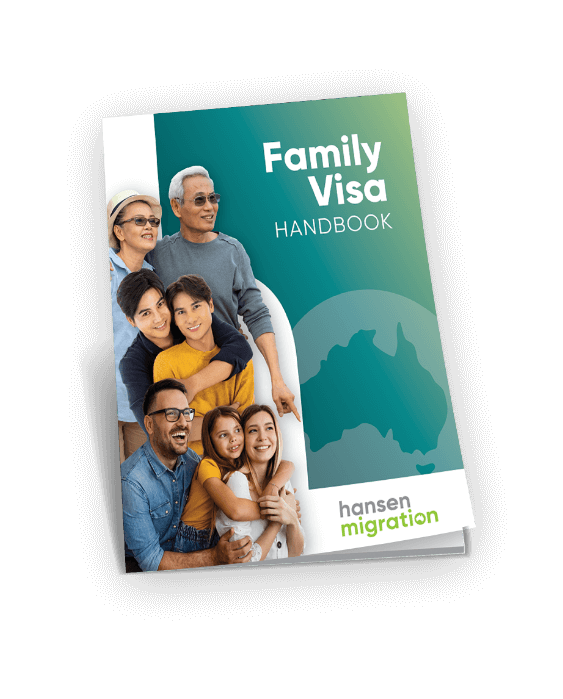Bridging Visa A
The Bridging Visa A comes into effect once the substantive visa (any visa other than a Bridging Visa, Criminal Justice Visa or an Enforcement Visa) held at the time of application expires and remains in effect until a decision is made on the visa application. A Bridging Visa A normally carries the conditions of the substantive visa held at the time of application. However, when applying for a Partner Visa (subclass 820/801), Aged Parent Visa (subclass 804) or Aged Contributory Parent Visa (subclass 864 or 884) then the associated Bridging Visa A has no conditions, meaning the holder can work or study. A Bridging Visa A does not allow the holder to enter Australia, so if international travel is required then the holder needs to obtain a Bridging Visa B.
How to Apply for a Bridging Visa A?
A Bridging Visa A is automatically granted to a person in Australia who holds a substantive visa and has lodged a valid application for another substantive visa. If applying for judicial review then a Bridging Visa A won’t automatically continue to be in effect. An application must be lodged through the same IMMI Account or Immigration Office (if it’s a paper application) where the substantive visa application was lodged.
Bridging Visa B
A Bridging Visa B is similar to a Bridging Visa A except that it’s a multiple entry visa that allows the holder to enter Australia and remain until a decision is made on a substantive visa application. The applicant must hold a Bridging Visa A to be eligible for a Bridging Visa B and they must apply before leaving Australia, it’s not possible to apply offshore. The applicant must have a substantial reason to travel which can include going on a holiday, visiting family or work. The current Bridging Visa B application fee is $155. The conditions on the Bridging Visa A will carry over onto the Bridging Visa B.
How to Apply for a Bridging Visa B?
The applicant must book flights before lodging an application and include a flight itinerary with the application. The application must be lodged through the same Immi Account or Immigration Office (if it’s a paper application) where the substantive visa application was lodged. The processing time is usually only a few days however we recommend allowing at least 2 weeks.
Bridging Visa C
A Bridging Visa C is automatically granted to a person who is in Australia without a visa and has lodged a valid application for a substantive visa. A Bridging Visa C will be in effect until a decision is made on the substantive visa application. A Bridging Visa C does not allow the holder to enter Australia and it’s not possible to apply for a Bridging Visa B whilst holding a Bridging Visa C, meaning that leaving Australia is not an option unless the applicant is willing to lose their Bridging Visa. A Bridging Visa C does not automatically come with work rights, but it’s possible to apply for work rights if the applicant has a compelling need to work.
Bridging Visa D
There are two types of Bridging Visa D, Prospective Applicant and Non-Applicant.
A Prospective Applicant Bridging Visa D is for unlawful non-citizens or a visa holders whose visa will expire within 3 working days of making a Bridging Visa D application. It is designed for persons who have made an invalid substantive visa application and would be otherwise unlawful. The Bridging Visa D allows the applicant another 5 working days to make a valid substantive visa application. The Bridging Visa D expires at the end of the 5th working day.
A Non-Applicant Bridging Visa D is for unlawful non-citizens who are unable or have no intention to apply for a substantive visa. It is for circumstances where an Immigration Officer is not available to interview an applicant for a Bridging Visa E.
Bridging Visa E
There are two types of Bridging Visa E, General and Protection Visa Applicant.
A General Bridging Visa E is for unlawful non-citizens and can be granted in a number of different situations including:
-
An applicant that has made or will make acceptable arrangements to depart Australia.
-
An applicant who has made or will make a valid application (within a specified period of time) for a substantive visa that can be granted while the applicant is in Australia. In this instance the Bridging Visa E would remain in effect until after merits review of the application if applicable.
-
An applicant or secondary applicant who has applied for a substantive visa that was refused, the applicant or secondary applicant has applied for judicial review and is awaiting a hearing.
-
An applicant whose substantive visa application was refused and is applying for ministerial intervention.
-
A person who held a substantive visa that was cancelled and is applying for ministerial intervention.
-
An applicant that is in prison and does not have a criminal justice stay certificate or warrant.
A General Bridging Visa E does not allow the holder to enter Australia and it’s not possible to apply for a Bridging Visa B whilst holding a Bridging Visa E, meaning that leaving Australia is not an option unless the applicant is willing to lose their Bridging Visa. A General Bridging Visa E does not automatically come with work rights, but it’s possible to apply for work rights if the applicant has a compelling need to work.
A Protection Visa Application Bridging Visa E is available to a Protection Visa applicant who commits to withdrawing the application and will depart, or be removed from Australia within 28 days.
How to Apply for a Bridging Visa E?
If the Department of Home Affairs don’t automatically grant a Bridging Visa E then an application must be lodged through IMMI Account.
Bridging Visa F
A Bridging Visa F is for applicants that have been identified as suspected victims of human trafficking or slavery like practices. Suitable arrangements must be made for the care, safety and welfare of the applicant and any dependent applicants in Australia for the proposed duration of the visa.
Bridging Visa R
A Bridging Visa R is granted to persons who are pending removal from Australia by the Australian Government.
What Happens to the Bridging Visa if the Substantive Visa Application is Refused?
If a substantive visa application is refused, then in most cases the Bridging Visa will expire 28 days after the applicant has been notified of the refusal. If the applicant seeks merits review, then the Bridging Visa will continue to be in effect until a decision had been made on the review. If the applicant seeks judicial review then the applicant must apply for another Bridging Visa, which will continue to be in effect until a decision is made on the review.
Travel Bans
Any person who leaves Australia as an unlawful non-citizen or as the holder of a Bridging Visa C, a Bridging Visa D or a Bridging Visa E faces a 3-year ban on applying for certain types of visas which may prevent them from returning to Australia. This includes but is not limited to Visitor Visas and Student Visas. Partner Visas for example are not subject to this type of ban.
Bridging Visas A, B, C and E are the most common types of Bridging Visa. Bridging Visas D, F and R are seldom seen in everyday migration practise. Bridging Visas are one of the more complex aspects of Australian Immigration law.









